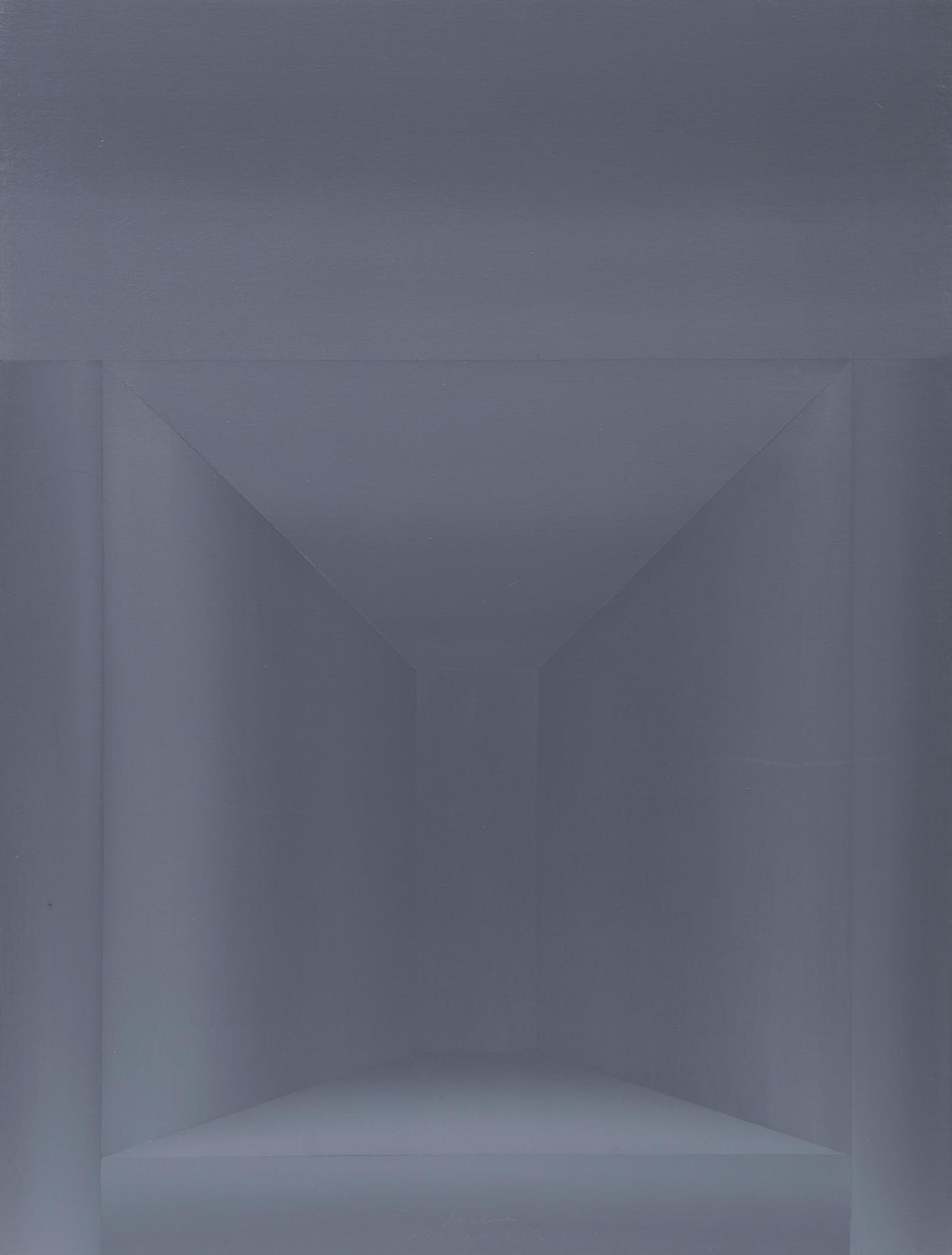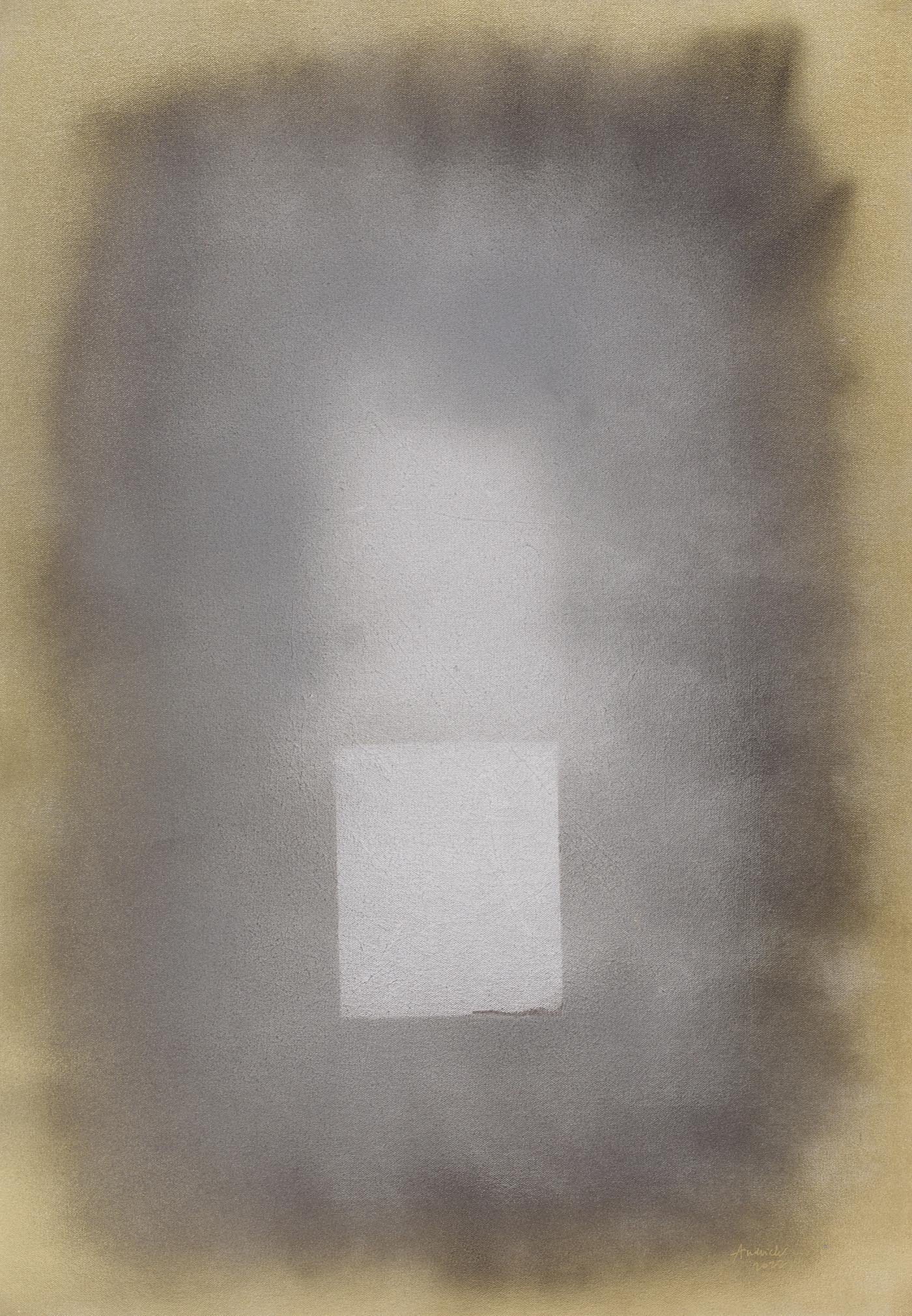Portals
Lester Amacio | Ricky Francisco

August 6 – 20, 2022
Galerie Stephanie
Unit 4021 East Wing, Shangri-La Plaza Mall, EDSA cor. Shaw Boulevard, 1552 Mandaluyong, Philippines
During the lockdowns. Abu Dhabi-based Filipino visual artist Lester Amacio, and Manila-based Ricky Francisco coincidentally made paintings which looked like the works of Mark Rothko or Clyfford Still, or the other abstract expressionists who were grouped together under colorfield painters. The works of both Amacio and Francisco were similar to the abstract expressionists works as they also elicited a meditative or contemplative response from their viewers. Such was the need for the time when normal life was virtually turned upside down: when getting close to people was dangerous, and staying indoors and being away from those you loved, was the way to protect them from the COVID Pandemic.

Les Amacio
48 x 36 inches
Acrylic on canvas
The violence of the familiar and the familial, the complicity of the domestic, the terrifying and claustrophobic proximity in intense and deep relationships, the deadening effect of the quotidian that brings one to the edge of annihilation are themes in the oeuvre of Lester Amacio. His visual language springs from what he sees at home and from gothic, and even grim inspirations. Often static in composition, his artworks nonetheless create a dynamic conceptual focal point that examines the intimate intermingling of despair and hope, of death and salvation, of destruction and rebirth, of losing and finding in the stage of everyday, commonplace existence.

Ricky Francisco
36 x 24 inches
polyurethane on stretched canvas
A museum worker for over twenty years, the lockdowns from the recent pandemic allowed Ricky Francisco to try his hand at painting, something that he has worked tangentially with as a museum registrar, a conservator, a curator, and an art writer. Light is the main subject of inquiry in the works of Francisco’s works, as for him, it is a symbol of the soul, of transcendence, and of salvation. To explore the idea, he uses contrasts between metallic, phosphorescent, reflective, matte, glossy, smooth, and textured paints, as well as playing around with depth and three-dimensionality to explore shade and shadow.
“Portals” brings together the works of artists who seemed to respond similarly to the lockdowns. Looking like windows or doors to another world, we are invited to look deep within our own world and find some measure of emancipation or redemption or some form of transcendence that would take us beyond the ordinary. We are presented something sublime.
